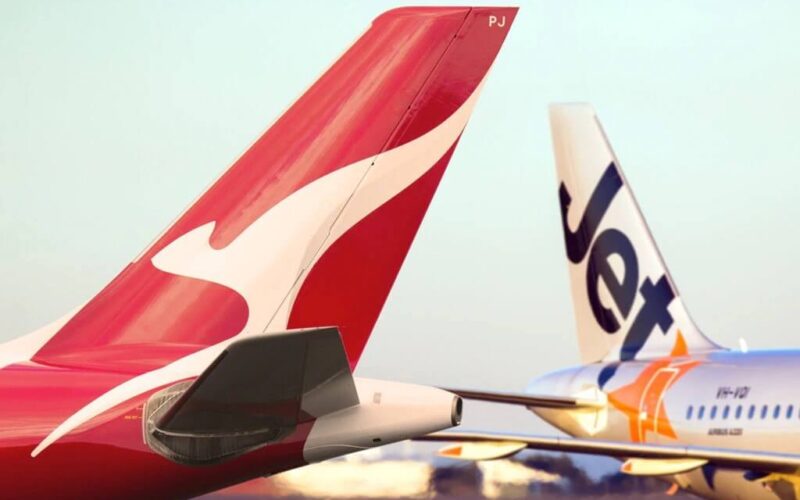FY2020 was devastating for Qantas Group, whose financial results attribute more than half of its almost $2 billion statutory loss to the depreciation of aircraft value.
On August 20, 2020, Australian airline Qantas officially joined the long list of airlines that are tanking the toughest financial year in aviation history. The company reported a statutory loss of AUD2.7 billion ($1.96 billion) and an AUD4 billion ($2.7 billion, 82%) fall in revenue from April 2020, to the end of June 2020.
The company attributed AUD1.4 billion ($1 billion) of non-cash losses to a write-down of assets, including the A380 fleet, and $642 million to one-off redundancy. Other costs were said to be a part of the restructuring of business for recovery.
“We’ve had to make some very tough decisions in the past few months to guarantee our future. At least 6,000 of our people will leave the business through no fault of their own, and thousands more will be stood down for a long time,” Qantas Group CEO Alan Joyce said.
The company expects the recovery to take time and be choppy due to several setbacks caused by the opening and closing of the border.
Qantas has also reported an operating cash flow of AUD1.1 billion ($800 million) and liquidity of AUD4.5 billion ($3.2 billion), keeping the airline seemingly optimistic for the crisis ahead.
“Looking further ahead, we’re in a good position to ride out this storm and make the most of the recovery,” Alan Joyce added. The Qantas CEO is also convinced that the current situation can be advantageous for the airline’s future as it is “set to strengthen as the only Australian airline with a full service and low fares domestic offering as well as long haul international services.”
As of August 20, Qantas expects to have 4,000 of its 6,000 layoffs finalized by the end of September 2020 while also continuing to stand down 20,000 of its employees. The airline has also stored 100 aircraft from its fleet in California to save up on maintenance costs.

